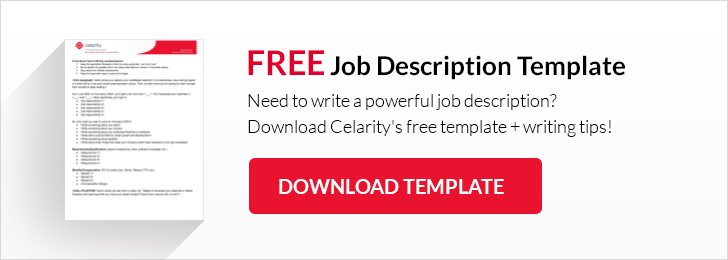Marketing Communications may not seem like a broad term but an organization can have many goals for their messaging across their various channels. Marketing Communications (MarCom) can include B2B, B2C, internal, and external messaging revolving around anything from brand awareness to specific, multi-channel campaigns.
In this Defining the Role blog post, we’ll cover a few basic MarCom terms and provide you with some clarity by defining what Marketing Communications roles entail and how they can differ. For this entry, we’ve enlisted Candee Wolf, an expert in this field, to help us better understand Marketing Communications.
The Purpose of MarCom
What exactly is the broad definition of marketing communications? As Candee described, MarCom is, “the messages and the media/communication channels you use to communicate with your key audiences.” She dives even deeper and explains that MarCom is the “Promotion” part of the 4 P’s of marketing (Product, Placement, Promotion, Placement).
The purpose of MarCom is to promote specific messaging to key audiences in order for the intended audience to take the desired action that you’re seeking. Simple, right? Now, let’s check out some of the tools used within the marketing communications field.
Marketing Communications Tools
The tools used in MarCom differ from some of the other technical roles that we’ve defined previously (SEM & UX). Marketing communications tools include all of the channels used to promote your messaging rather than various softwares used to accomplish a task. These channels can consist of:
- print and digital advertising
- mass media
- trade show materials
- social media
- websites
- email marketing
- public relations
- packaging
- and more!
Terms Associated with MarCom
We already know that “MarCom” is an abbreviation for Marketing Communications. So, what other terms can we associate with this role?
Integrated Communications – A term that is sometimes used interchangeably with Marketing Communications: MarCom should be fully integrated across a number of internal and external channels.
Media/Channels – The specific types of communications used (as mentioned above under “Marketing Communications Tools”): print & digital advertising, mass media (radio, tv, billboards, etc.), PR, internal, personal selling (packaging, point-of-purchase displays), and more.
Paid Media – Marketing efforts that involve paid placement such as digital and print ads, Google Adwords, paid influencers, social media ads, etc.
Earned Media – Marketing efforts that are “earned” (instead of paid) and/or shared. A few examples of earned media are media coverage of a pitched story (PR), organic sharing (such as users sharing a blog post written by your organization), and online reviews.
Owned Media – Marketing efforts on company owned media such as an external company website, an internal Intranet, a blog, and/or social media channels.
The Marketing Communications Process
- Analyze the purpose of the MarCom positioning (generate purchases, launch product, create brand awareness)
- Conduct research and evaluate key audiences
- Planning: determine the strategy, tactics, channels, & budget
- Create the promotional materials
- Measure the response
- Adjust as needed and repeat (optimize MarCom efforts)
It’s important to note that the roles, responsibilities, and processes in this field can vary from organization to organization depending on the firm’s needs. There are specialists and generalists, those who do tactical work or strategy, and roles for digital specialists and traditional MarCom.
This article is meant to outline some of the basic Marketing Communications concepts you should expect to see when you’re looking through candidate resumes. If you’re thinking about hiring a MarCom Specialist, there is a lot more that you should know about candidate backgrounds. So, watch for our follow-up post, Marketing Communications Specialist – What Kind Do You Need?, and get more information that will further define this role.


